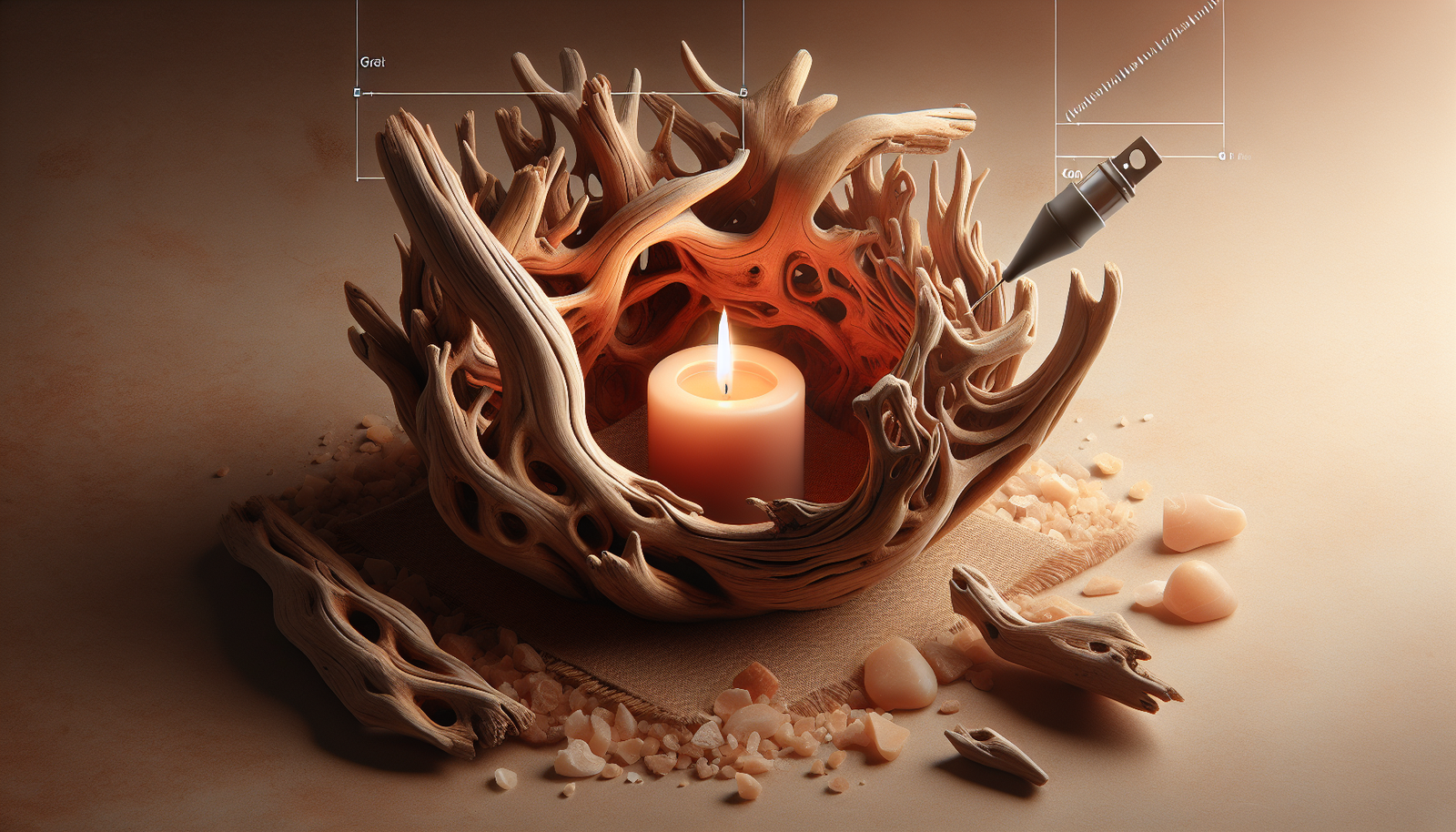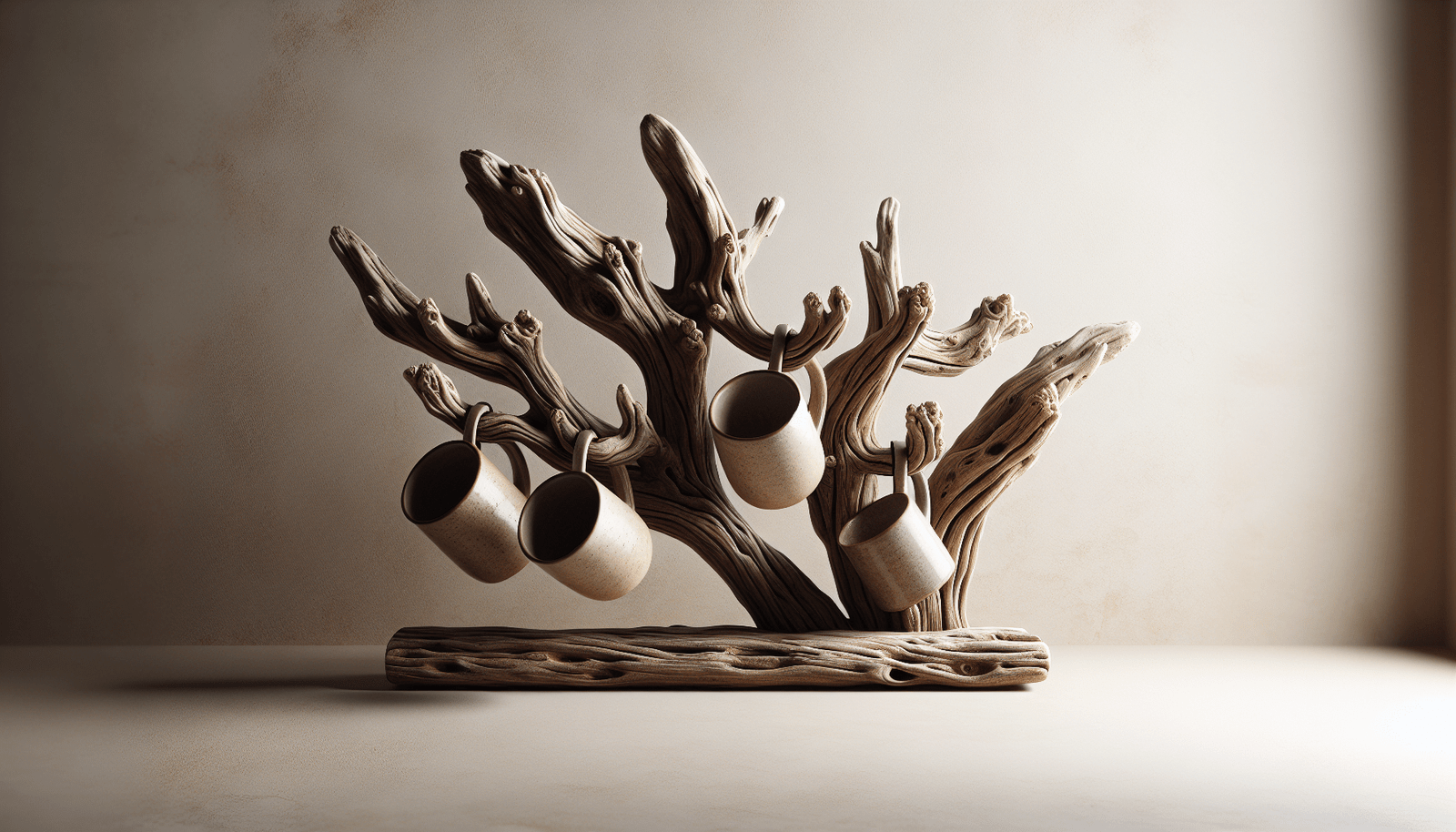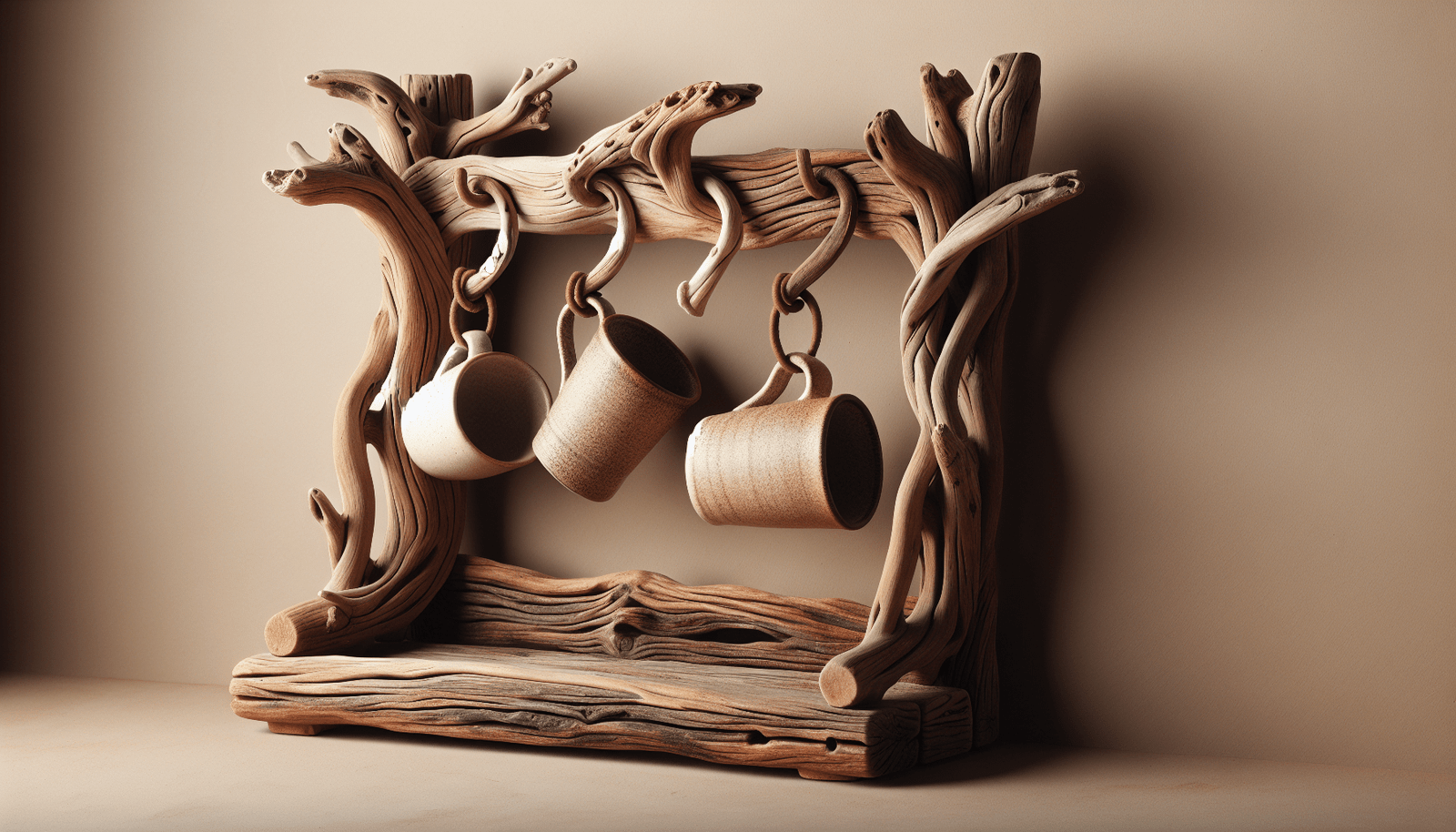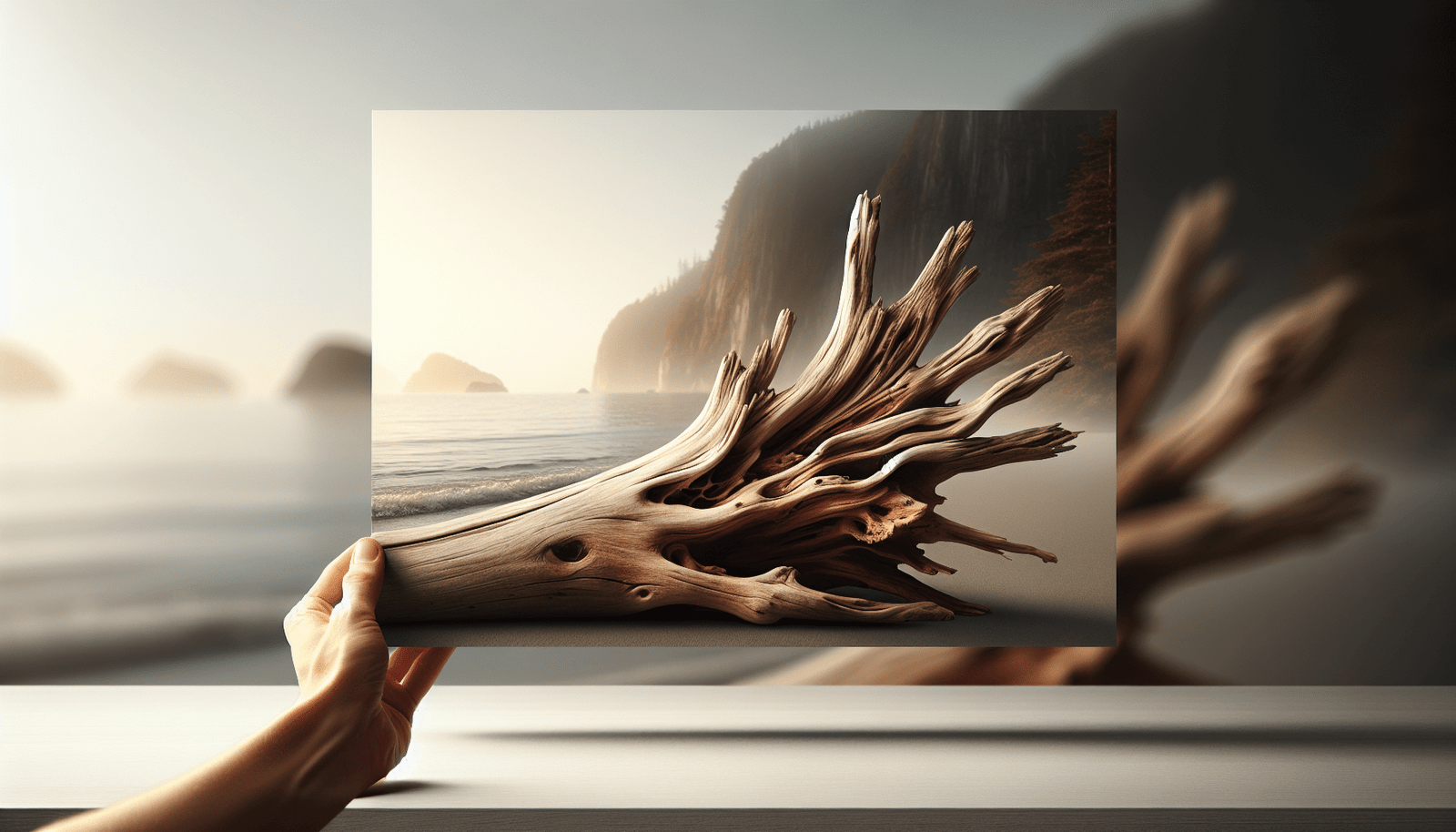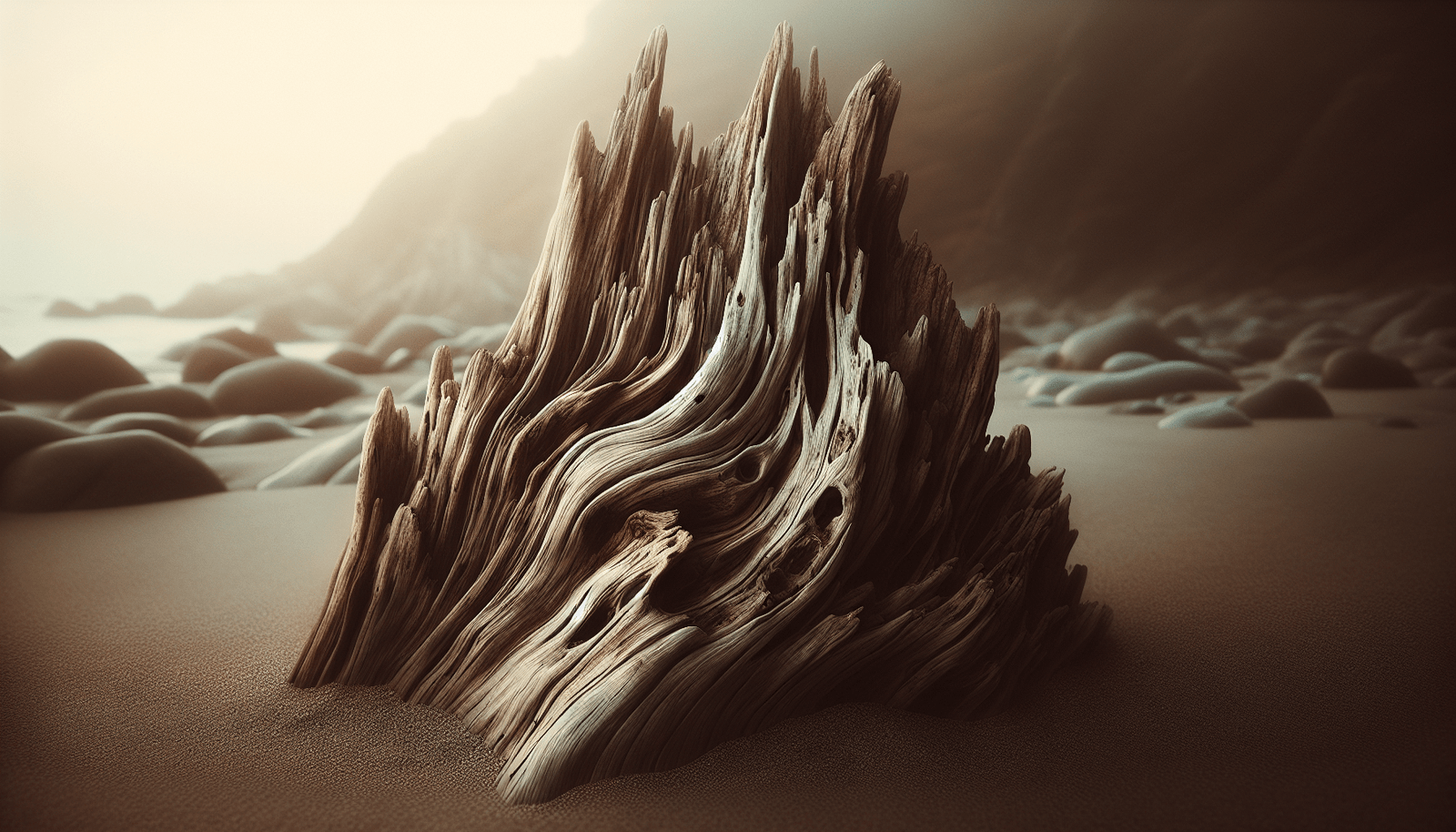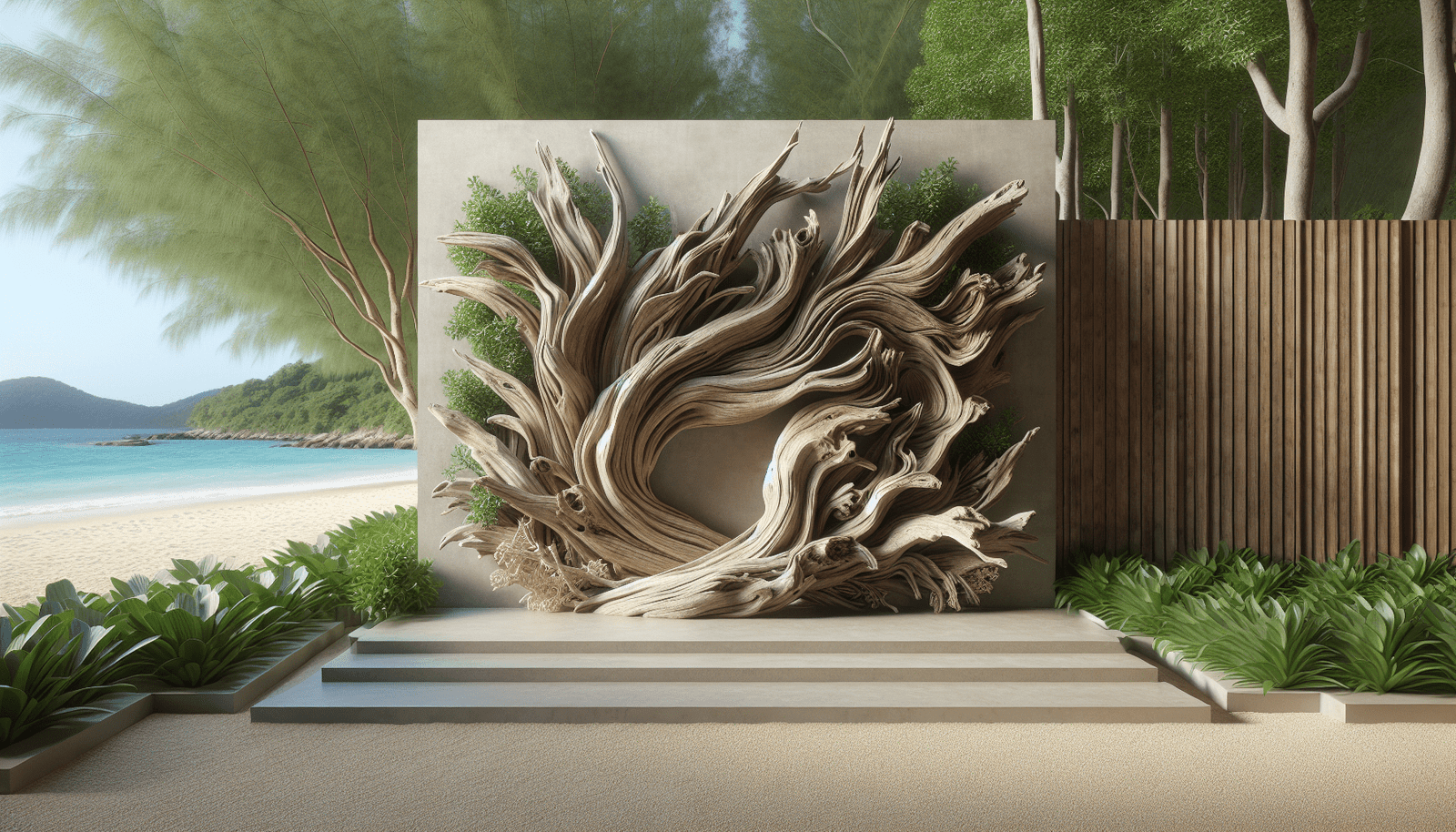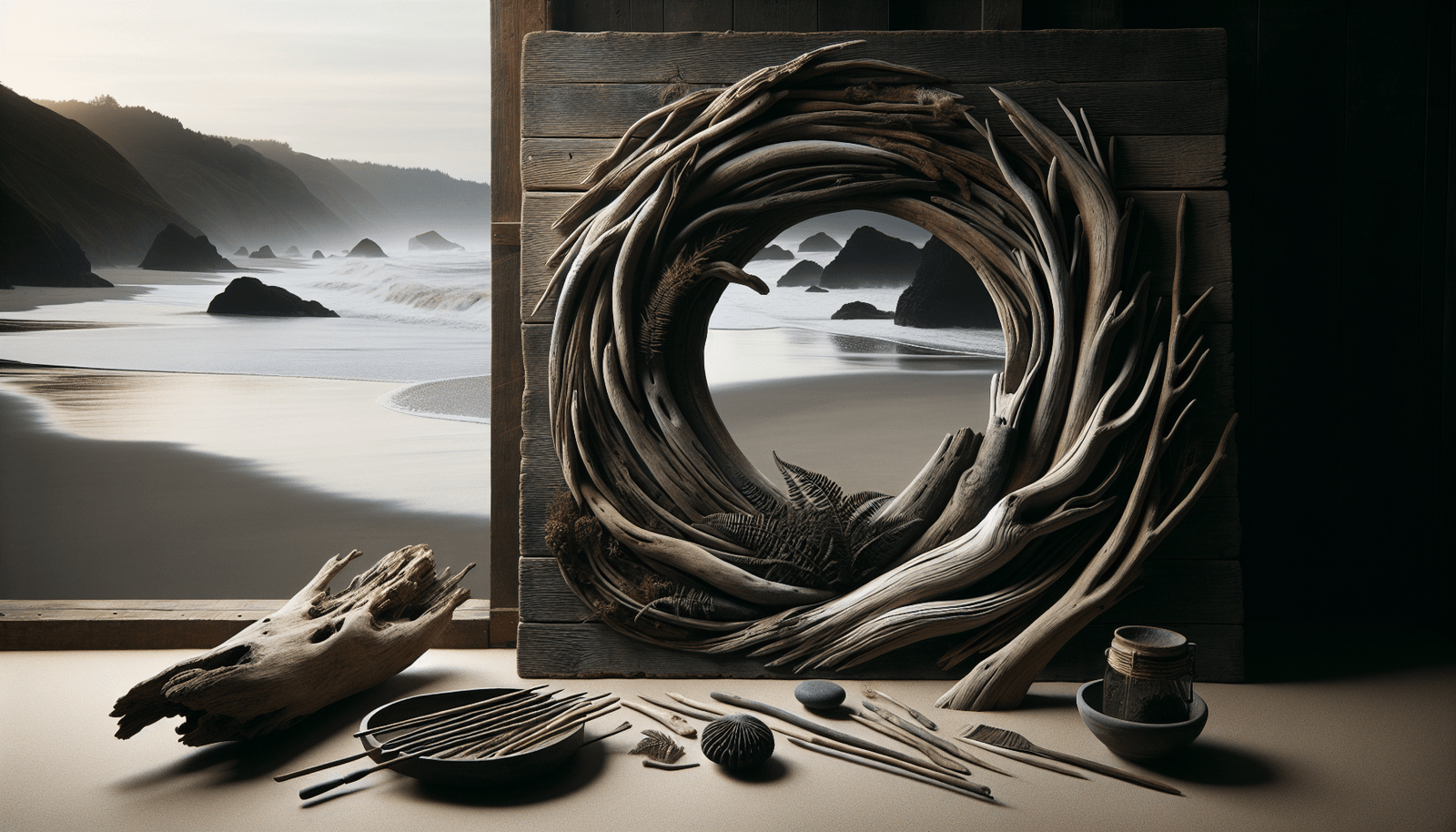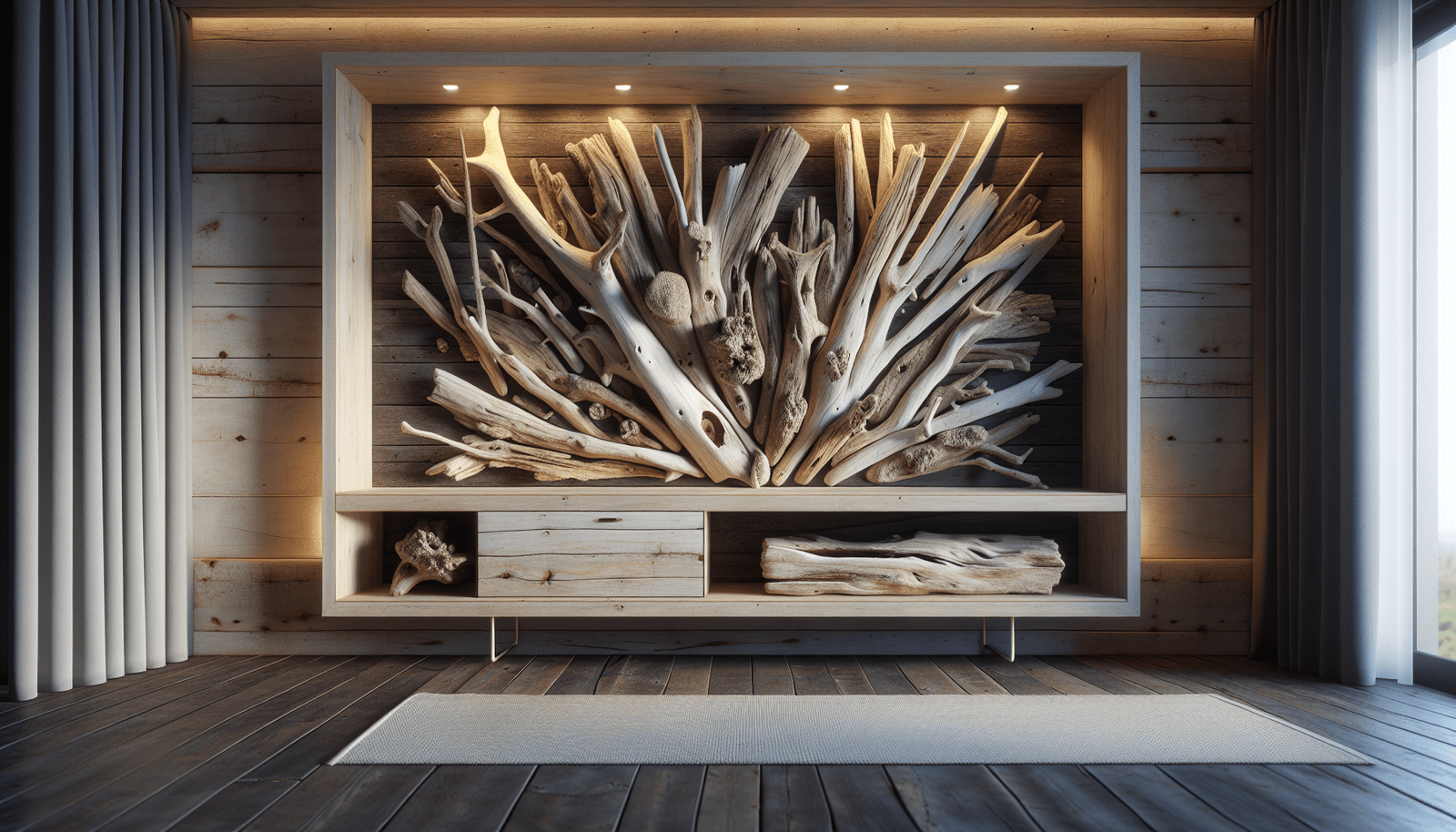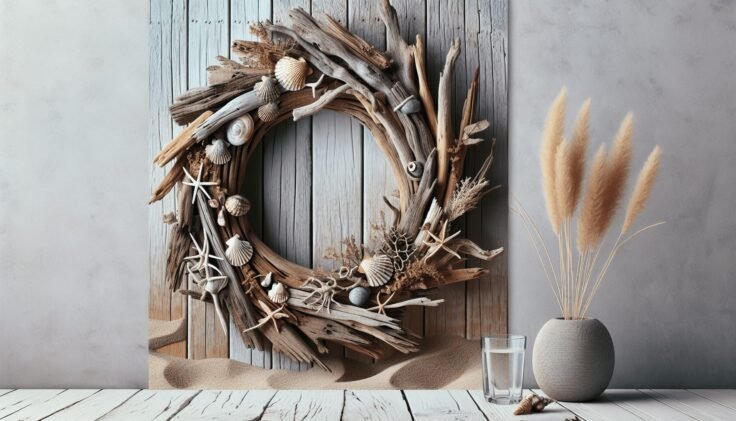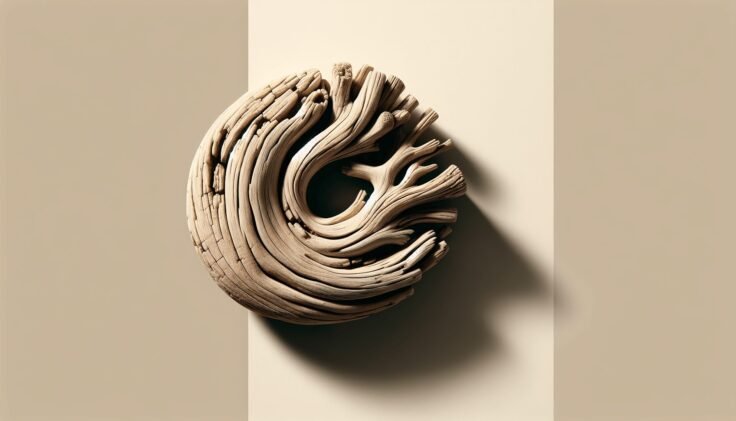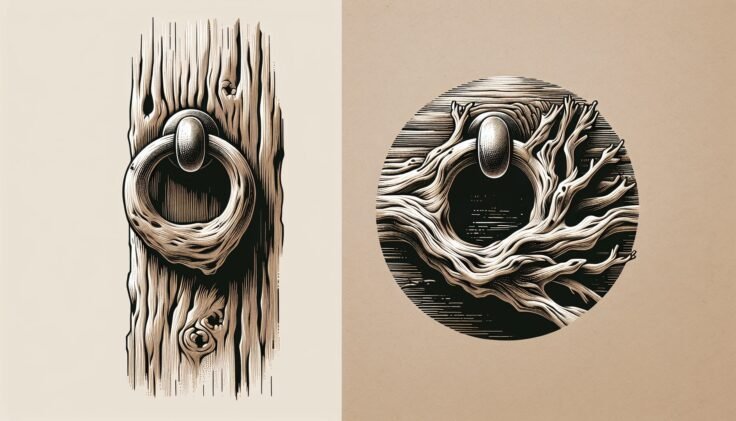Have you ever thought about adding a touch of nature to your gatherings with something as unique as driftwood name cards? Using driftwood to create name cards for events combines creativity with sustainability, offering a fresh and earthy twist to your table settings. It’s not just about names; it’s about setting a tone and telling a story with every piece of carefully chosen wood. You might be wondering how to embark on this creative journey and what makes driftwood such a cherished material for name cards. Let’s navigate through the enchanting process and the reasons why driftwood name cards might just be the perfect addition to your next event.
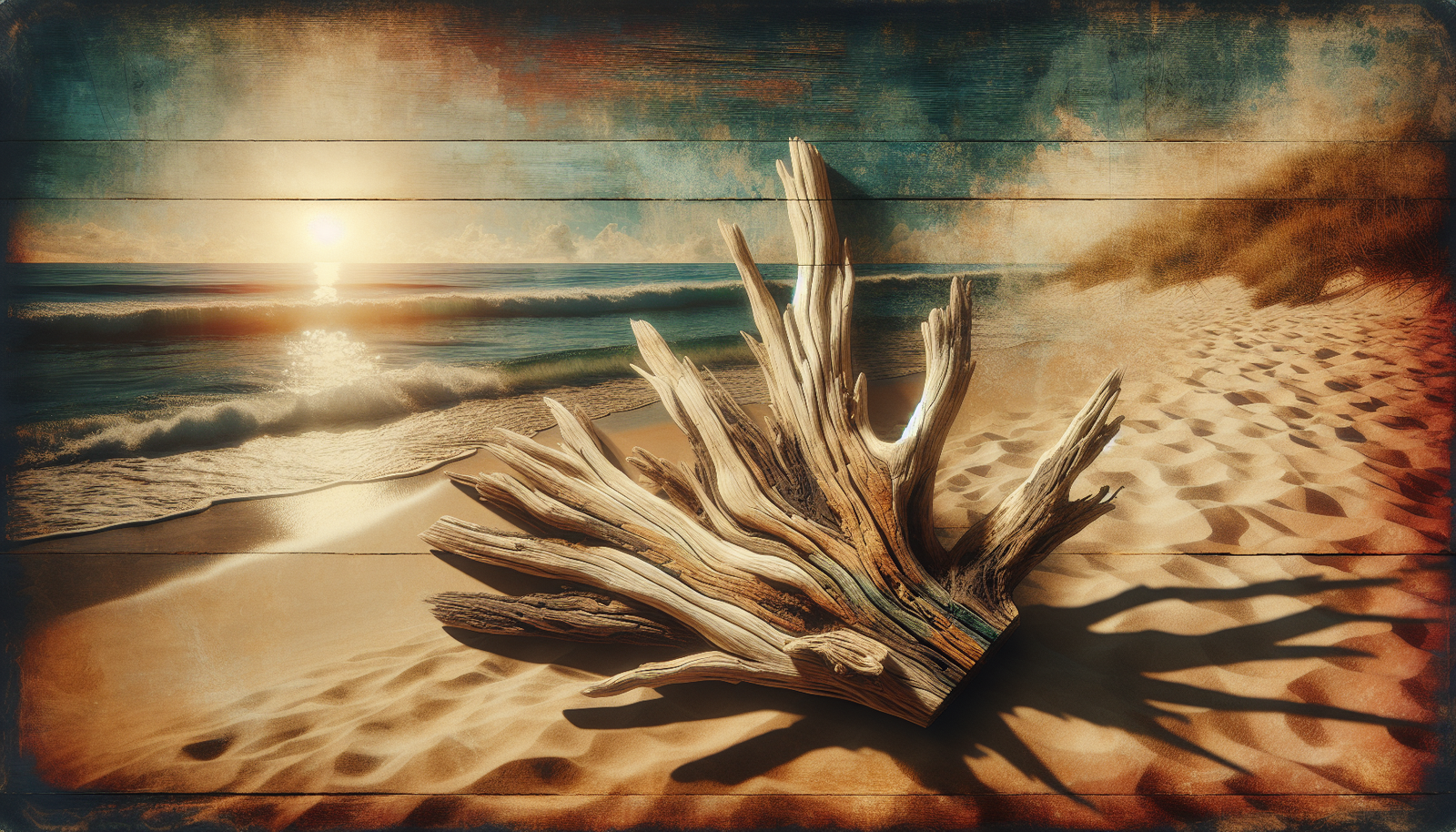
What Exactly Is Driftwood?
Driftwood refers to any wooden debris that washes ashore along coastlines after being carried away by rivers, tides, or wind. This wood often undergoes a natural weathering process, giving it a unique, smooth appearance. Each piece tells a story of where it has traveled, adding a touch of mystery and elegance to any crafting project you may have.
The Journey of Driftwood
The journey of a piece of driftwood often starts in a forest or park. A tree may fall due to natural causes such as wind or water erosion. Once the wood makes its way into a body of water, it can travel for long distances. The constant battering by water and sand eventually smooths and refines its texture. You never get the same piece twice, which makes every creation with driftwood entirely unique.
The Aesthetic Appeal of Driftwood
Why driftwood, you ask? Its natural and rugged beauty makes it an ideal choice for a variety of crafting projects. The neutral colors of driftwood lend themselves well to different themes, from rustic and coastal to minimalist and modern. Its versatility can match or contrast elegantly with other materials like metal, glass, or fabric. When you work with driftwood, you’re embracing not just nature’s art but also its imperfections, which often turn out to be perfect for any occasion.
Why Driftwood Name Cards?
If you are keen on unique ways to personalize your events, driftwood name cards are a conversation starter. They offer more than just a label; they are decorative items that guests can appreciate and even take home as souvenirs. Let’s explore why driftwood name cards are not just trendy but also meaningful.
Eco-Friendliness
Driftwood is an environmentally friendly material. By utilizing wood that has already fallen and weathered naturally, you are essentially giving new life to something that might otherwise be discarded. This sustainable practice is especially appealing in today’s world where everyone is becoming more environmentally conscious.
Personal Touch
The tactile feel of driftwood, its irregular shapes, and its rustic charm make it a personable item. By inscribing a name onto each piece, you’re not just labeling a seat but creating an individualized artifact. It shows that you’ve put thought and effort into every guest’s experience, making them feel valued.
Versatility for Any Event
Whether it’s a wedding, a corporate dinner, or a small family gathering, driftwood name cards fit seamlessly into any event type or theme. Their adaptability means you can pair them with other elements, ranging from fine china to simple picnic supplies, without missing a beat.
Creating Your Own Driftwood Name Cards
Now that you’re convinced of their charm, it’s time to understand how to craft these unique pieces. The process isn’t as daunting as it may seem; it’s a fun and rewarding endeavor anyone can undertake with a bit of creativity and patience.
Collecting Driftwood
The first step is to gather your driftwood pieces. You can frequently find driftwood along beaches or riverbanks. Remember to choose pieces that are appropriate in size for name cards, approximately 4-6 inches long. Collect more than you need, as there will always be some pieces that work better than others.
Cleaning the Driftwood
Cleaning is essential to remove any debris, salt, or insects that might have accompanied your wood on its journey. Start with a thorough rinse and scrub with a brush under fresh water. For a deeper clean, you can soak the pieces in a mixture of water and vinegar overnight. Dry them completely before proceeding to the next steps.
Designing and Personalizing
Once your driftwood is clean and dry, it’s time to let your creativity flow. Depending on your style and resources, you can use different tools and techniques to inscribe names:
- Wood Burning Tools: This method allows you to burn the name into the wood surface for a lasting and visually impactful effect.
- Markers or Paint Pens: These are ideal for those who prefer ease and speed without compromising on beauty.
- Engraving Tools: If you have access to engraving tools, they can offer precision and an elegant finish.
Consider adding additional decorative touches, such as attaching small seashells, sand dollars, or twine to enhance the natural theme.
How to Display Driftwood Name Cards
The way you choose to display your driftwood name cards can influence the overall presentation and ambiance of your event. Here are some ideas to spark inspiration:
On the Plate
Place each driftwood name card centrally on the plate or nestled in a napkin fold. This creates an intimate and immediate introduction for guests to their designated spots.
In a Holder
Opt for small holders that can cradle the driftwood in place, allowing for easy visibility. Holders can be of varying styles, using materials like metal, glass, or even more natural wood to complement the theme.
Hanging From Glasses
Incorporate a small hole into each driftwood piece and attach a string or thin twine. You can then hang them from water or wine glasses, adding an elegant touch to your table setting.
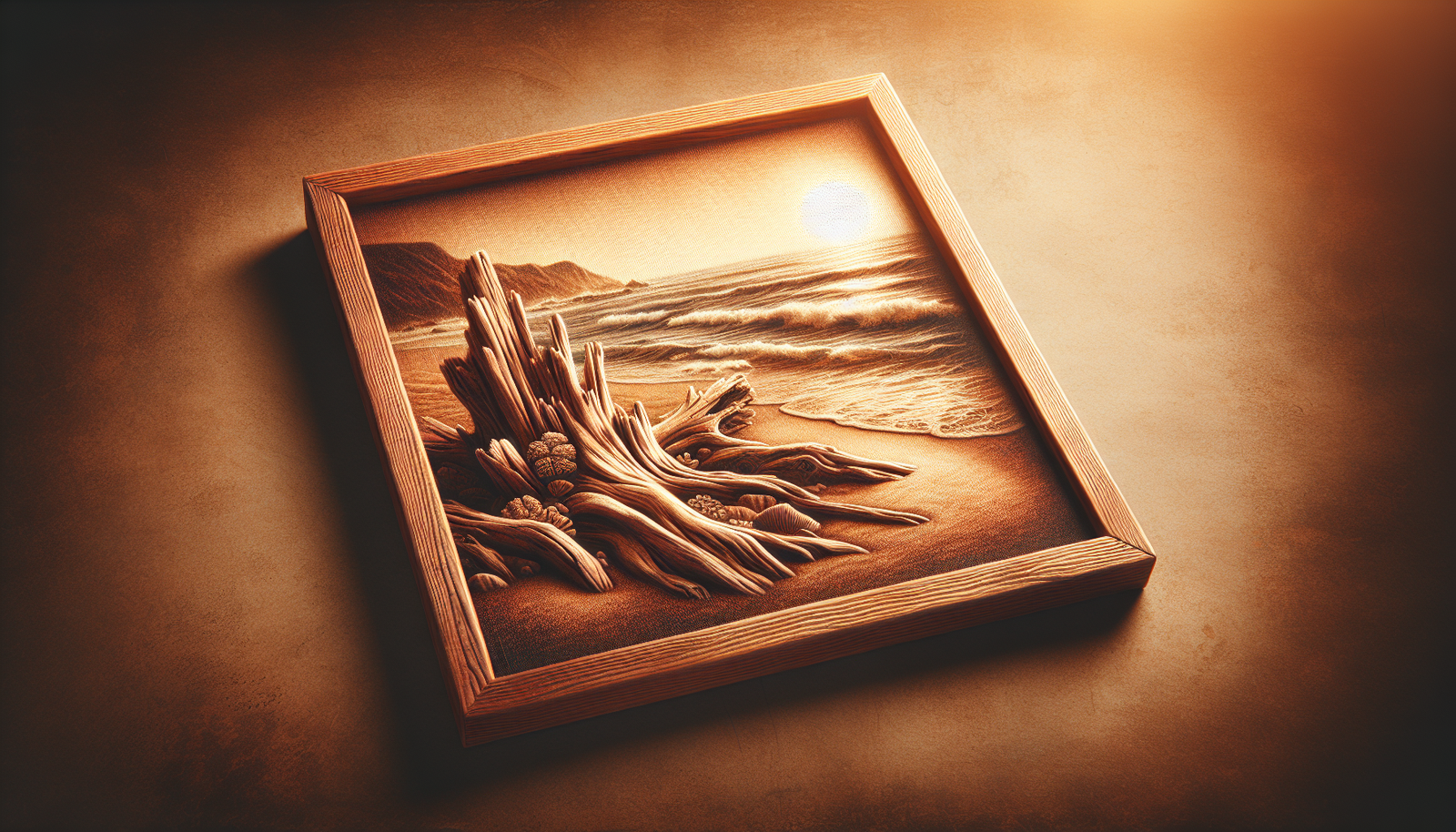
Enhancing the Event Theme with Driftwood
Driftwood name cards can tie into larger event themes, elevating the visual attractiveness while maintaining a sense of cohesion. Here are a few theme ideas that naturally welcome driftwood:
Coastal or Nautical
Given its origins, driftwood is a natural fit for coastal or nautical themes. Pair it with sea-colored linens and marine-inspired decor for a unified theme.
Rustic Elegance
Combined with other earthy materials like burlap and lace, driftwood can greatly enhance a rustic-themed event—perfect for barn weddings or garden parties.
Minimalist and Modern
For a minimalist look, consider keeping the design of the driftwood name cards simple and clean. Pair them with monochrome dinnerware to emphasize understated elegance.
Caring for Driftwood Name Cards
Maintaining the integrity and appearance of driftwood name cards is key to ensuring they last beyond the event. Here’s how to keep them in pristine condition:
Sealing
Applying a sealant can help protect the wood from moisture and potential damage. Choose a clear, matte sealant to preserve the natural look.
Storage
Store them in a dry, cool place away from direct sunlight. Stacking them carefully, with soft material between layers, can prevent scratches or other damage.
Reusability
Given their durability, driftwood name cards can be easily reused for future occasions. Re-inscribe new names, or perhaps consider passing them on to friends or family planning events of their own.
Driftwood Beyond Name Cards
Driftwood’s charm and versatility aren’t limited to name cards alone. It can serve as a central element in various crafting projects that echo the same natural elegance:
Centerpieces and Decor
With a few larger pieces of driftwood, you can craft stunning centerpieces. Combine with candles, foliage, or shells for a cohesive and eye-catching table arrangement.
Framed Art
A driftwood frame surrounding a mirror or photo can add a rustic touch to your home decor. It’s a beautiful way to carry the theme from the table to the wall.
Holiday Ornaments
Create seasonal decorations using smaller pieces of driftwood combined with paint, glitter, or fabric to match holiday themes.
Conclusion
Exploring the world of driftwood name cards unveils a path filled with creativity, sustainability, and natural beauty. Whether you’re planning a grand wedding or an intimate gathering, these unique items offer a personal and environmentally friendly way to express your style and welcome guests. Each piece of driftwood, with its unique story and character, invites you to add your personal imprint, making every gathering memorable for both you and those you’re hosting. So, as you begin or continue your crafting journey, consider the timeless charm and quiet elegance of driftwood—a gift from nature, repurposed by you.
